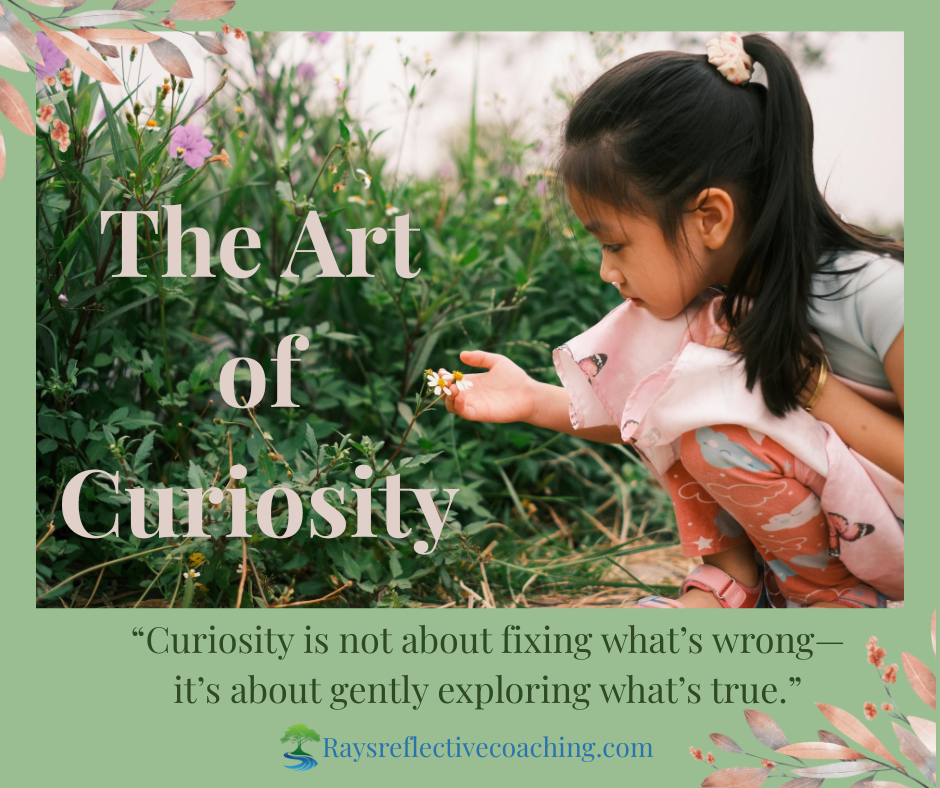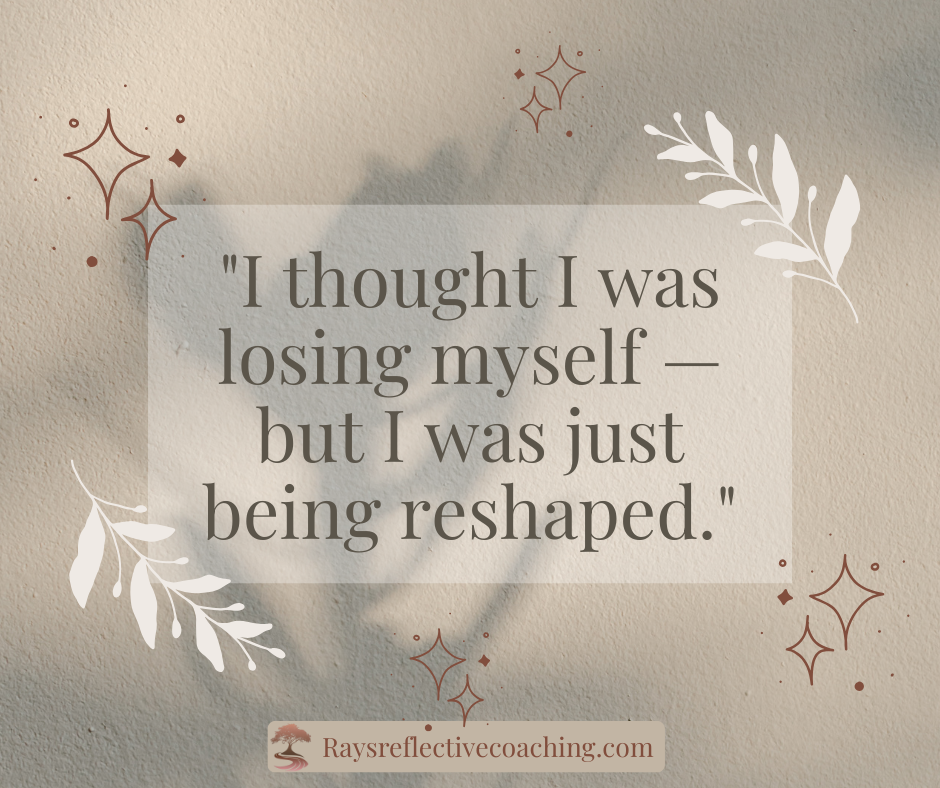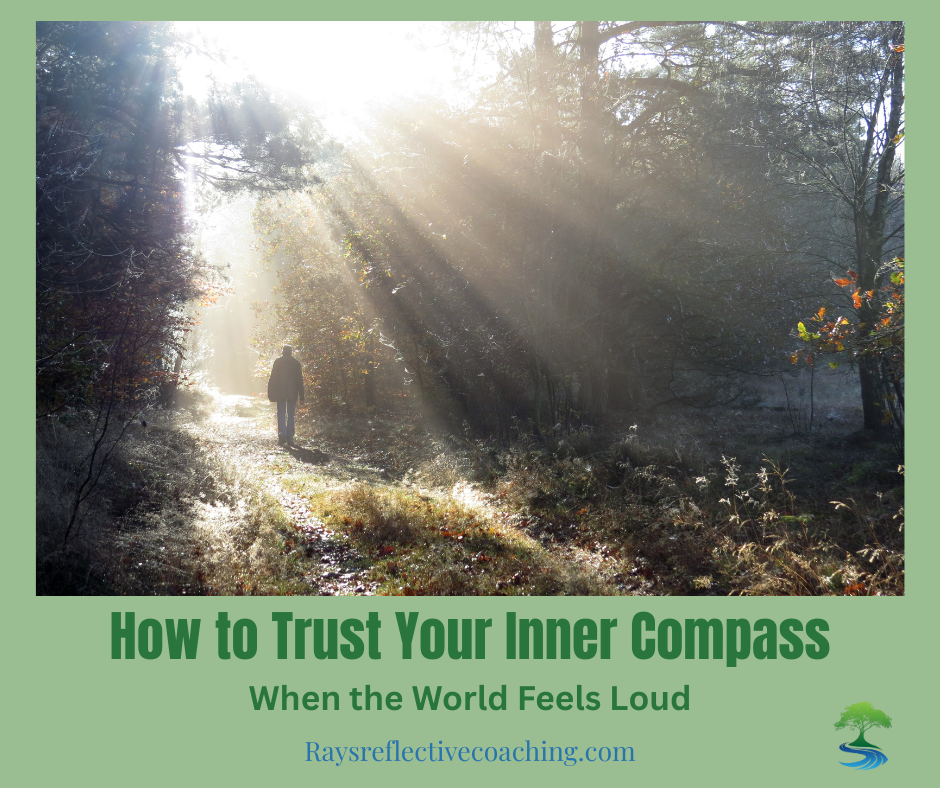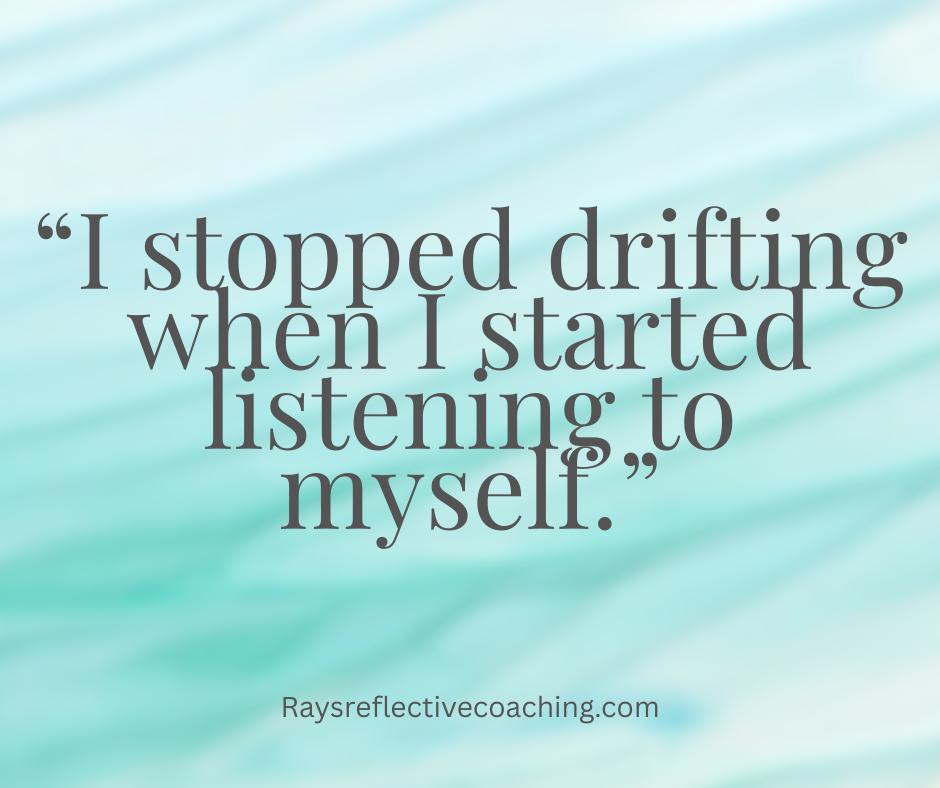
The Power of Self-Curiosity: A Gentle Practice for Emotional Wellbeing
When was the last time you truly spent time with yourself—not just alone, but with yourself?
In the rush of everyday life, we often move through our thoughts and feelings on autopilot. We react, we judge, we distract ourselves. But what if we paused… and got curious instead?
Self-curiosity is a gentle art. It’s not about fixing, analysing, or criticising. It’s about approaching ourselves with openness, interest, and kindness. At Ray’s Reflective Coaching, I often talk about the power of turning inward with compassion. Because real change doesn’t come from shame—it comes from understanding.
The power of curiosity lies in its essence: it’s about getting inquisitive, wondering, poking around. It helps expand our knowledge and deepen our understanding—not just of the world, but of ourselves.
But curiosity is also about joy. It pulls us toward the things we find interesting, the things that spark and surprise us. And research shows that people who nurture their curiosity tend to have greater life satisfaction and stronger overall mental wellbeing. It’s not just a nice-to-have—it’s a core ingredient of emotional health.
Spending Time With Ourselves
Spending time with ourselves can feel unfamiliar, even uncomfortable. We might notice thoughts we’ve avoided, emotions we’ve pushed down, or patterns we’ve fallen into. But when we allow ourselves space to just be, we open the door to insight.
This doesn’t have to be a grand ritual. It might look like:
-
Sitting with a cup of tea and noticing what’s going on inside
-
Journaling without an agenda, just letting the words flow
-
Taking a walk and gently observing your thoughts like clouds drifting by
It’s less about the ‘doing’ and more about the being with—ourselves, our stories, our contradictions.
Getting Curious with Compassion
When we meet our inner world with curiosity, we replace self-judgment with self-inquiry:
-
“Why did that situation make me feel so uncomfortable?”
-
“What part of me needed to respond that way?”
-
“What’s really underneath this feeling?”
These questions aren’t meant to interrogate, but to understand. And that understanding lays the foundation for growth.
What if your anxiety was trying to protect you?
What if your procrastination was a clue to your deeper values?
What if your inner critic was trying—clumsily—to keep you safe?
The beauty of curiosity is that it invites us to explore rather than assume. It shifts us from rigidity to possibility.
A Practice, Not a Destination
The art of curiosity is just that—an art. It’s a practice we return to again and again. There’s no perfect way to do it, no end point where you’ve “figured yourself out.” But there is richness in the process. There is healing in the listening.
So this week, I invite you to spend a little time with yourself—not to change or fix anything, but simply to get curious. Wonder a little. Poke around gently. Notice what draws your attention.
You might be surprised what you discover.
 Demos
Demos  Colors
Colors  Docs
Docs  Support
Support 


















